Has passive investment broken value investing?
Has passive investment broken value investing, as argued by Greenlight Capital’s Einhorn? See here.
The logic is clear. By throwing in a wall of money onto stocks, or withdrawing that wall, no matter the valuation or fundamental strength of the underlying company, index investing undermines the signalling function of market prices for the allocation of capital and along with that the efficacy of value investing.
Passive investors – Einhorn’s argument goes on – have no opinion about value, which means that “when money is moved from active to passive, value managers get redeemed, value stocks
go down, it causes more redemptions of value managers, it causes those stocks to go down more and so on”. The conclusion sounds somewhat apocalyptic: “the value industry has gotten completely annihilated”.
There is certainly some truth in this argument, but paraphrasing Mark Twain, reports of our death are greatly exaggerated.
Passive investing in the US, the world’s biggest market, is (for now) only ~50% of institutional equity funds, which means that the remaining US$14.3 trillion of active investing is reasonably
more than enough for the price discovery mechanism to continue functioning. In fact, just a small share of fundamental, active investing would probably do the job.
In general, there is ample evidence that passive and active value strategies complement each other, with passive being often the core of a portfolio and active value a portion allocated for
potential outperformance, thematic exposure and risk mitigation. Today, value investing provides a much-needed counterbalance to passive investing and to investor euphoria about technology stocks.
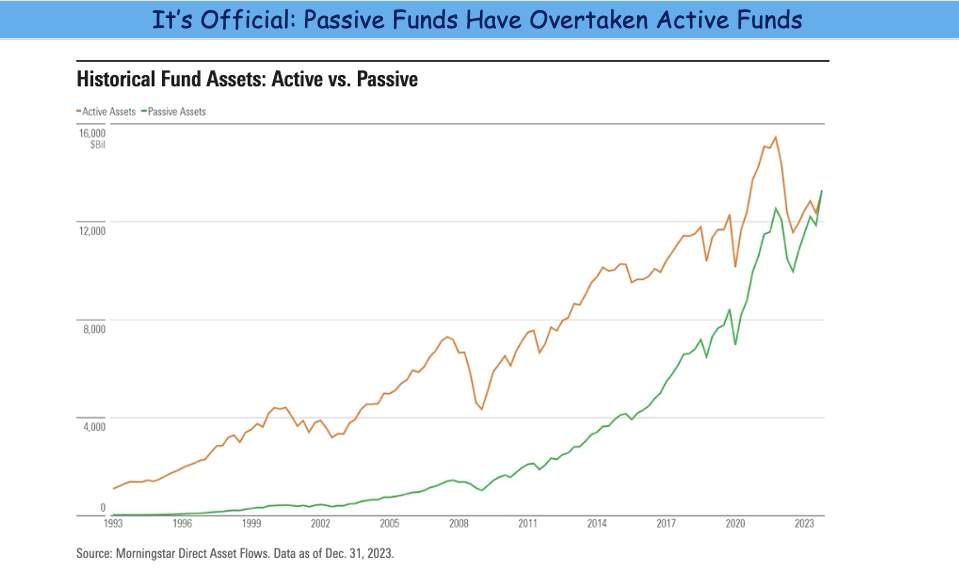
This is a marketing communication for institutional investors. Please refer to Fund Prospectuses & KIDs before making any investment decision.
For any questions email us on: info@nicheam.com
Follow us on LinkedIn: www.linkedin.com/company/niche-am
Read More


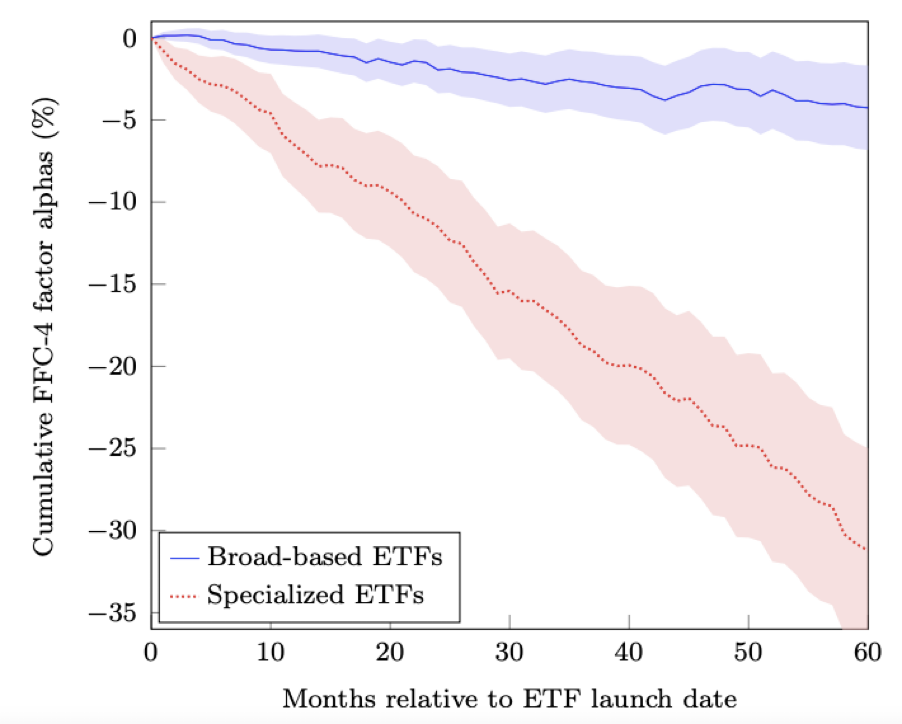
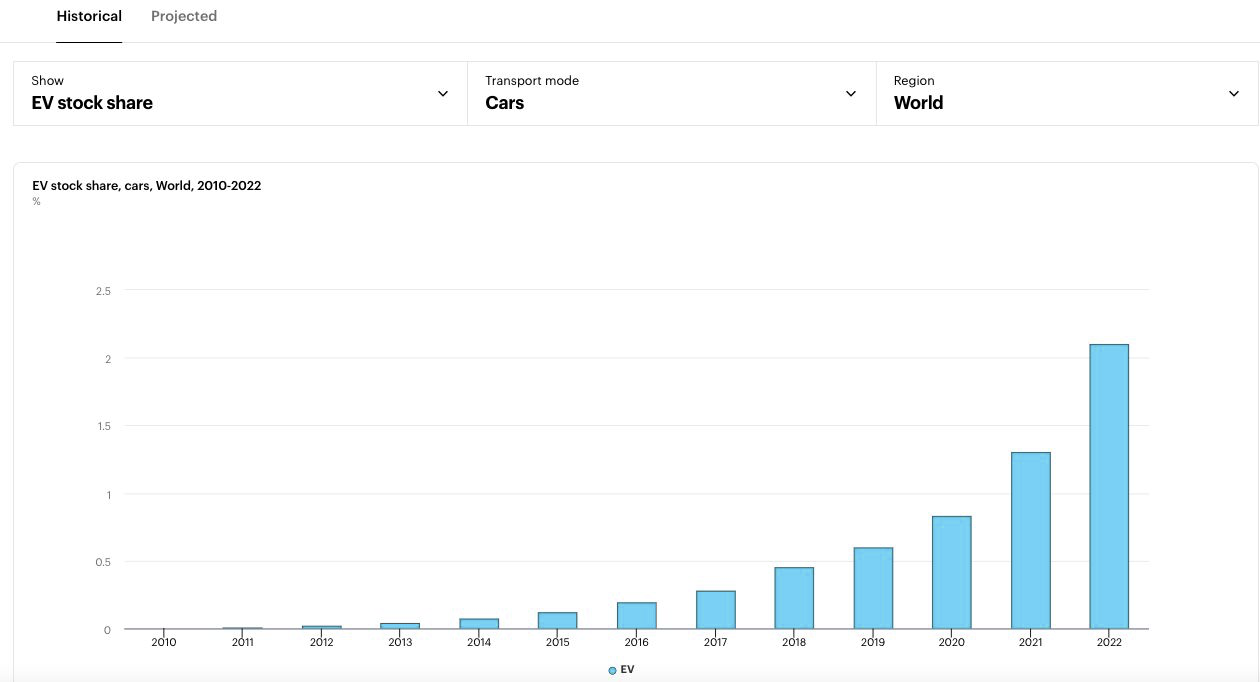


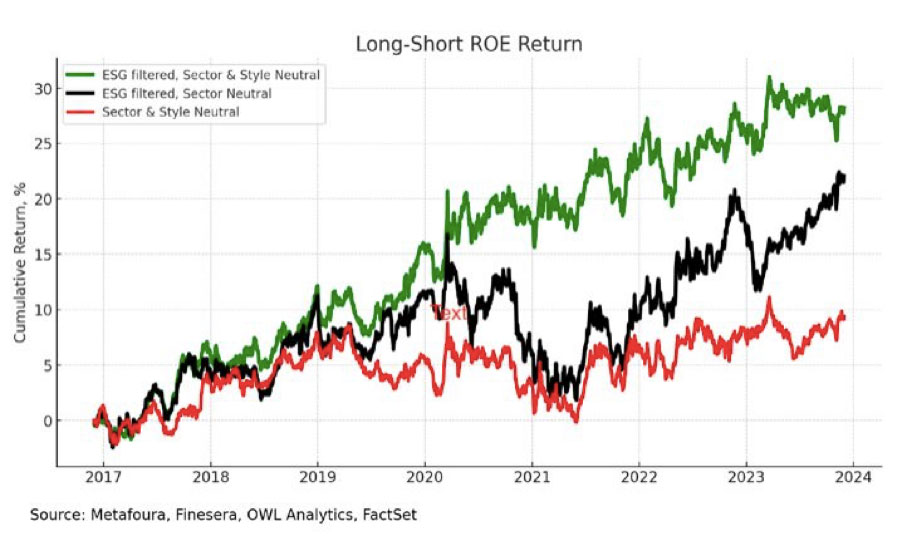
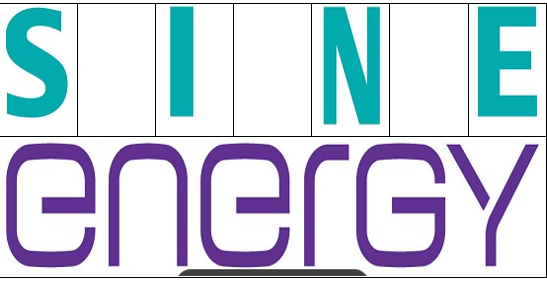


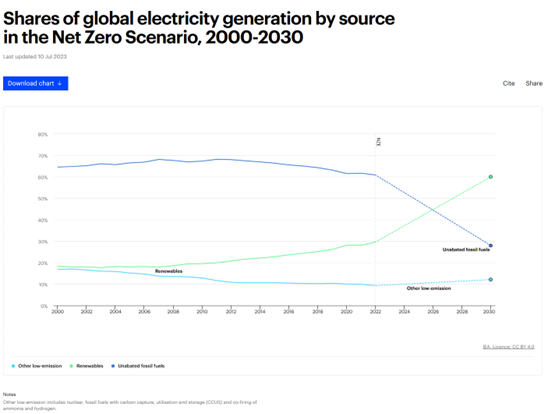
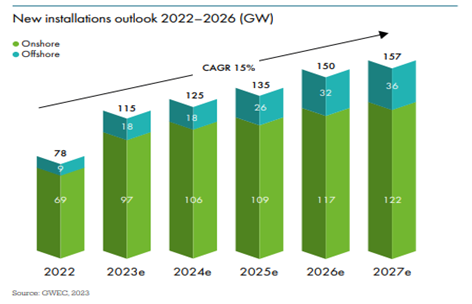



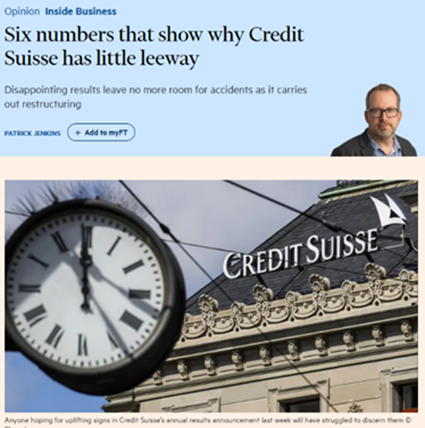 This even though the bank was apparently a solid global financial institution. However, family offices, funds and rich people who read daily negative press about the institution where they store their cash, may have been asking themselves questions. A frontal press attack, devoid of substance, occurred in October, right during the company’s black period. This led to an initial bank run that culminated in a capital increase that, on paper, was not needed. Arab investors increased their positions, and the bank decided to accelerate its transition to a low-risk reality.
This even though the bank was apparently a solid global financial institution. However, family offices, funds and rich people who read daily negative press about the institution where they store their cash, may have been asking themselves questions. A frontal press attack, devoid of substance, occurred in October, right during the company’s black period. This led to an initial bank run that culminated in a capital increase that, on paper, was not needed. Arab investors increased their positions, and the bank decided to accelerate its transition to a low-risk reality.

 Why? 1) The housing market, residential and commercial, is not in a bubble. The imbalance between supply and demand is substantial as a result of years of under-investment linked to the scarcity of bank financing in this sector. The end of the pandemic will lead to a recovery in demand for office space and confirm the home as the place to work. Inflation is also another support for this asset class. 2) Consumption accounts for about ¾ of GDP in the US. Today’s consumption dynamics are negative, as is natural after the market crash and recession fears. However, the labour market is extremely strong and this is the backbone of consumption. The relocation of many manufacturing industries will maintain full employment and, along with this, a positive wage dynamic in real terms. Bonds finally provide attractive yields for savers. The stock market has corrected from the tech bubble and the traditional side is extremely attractive and will gradually appreciate again in the not too distant future. This tells us that consumption will be robust in 2023, recovering from 2022. 3) Corporate profits will nominally benefit from inflation, absorbing any inevitable pressures during a rate adjustment phase. In addition, many industries, such as finance, armaments, fossil fuels, and everything related to infrastructure and energy transition, will grow in the next 12 to 24 months. 4) There has been a shift in the US from an attitude of complacency towards inflation to one of strong fear. So much so that by now there is no longer talk of recession but of stagflation, something not seen for 40 years, in completely different environments (Volcker at the FED and Ronald Reagan in the White House). Today, however, inflation is coming down and gradually in the coming weeks and months we will begin to see it in the numbers. The fall in commodities prices these days and the gradual unwinding of the supply chain will contribute to this. The overstocking created precisely to address these problems in the supply chain will lead to substantial discount campaigns. The rate hike cycle will be powerful but entirely manageable, and we believe that the Fed’s current expectations of 3.8% for 2023 will not be revised upwards but may even be tweaked slightly downwards in the not-too-distant future (3.4% at the end of 2022).
Why? 1) The housing market, residential and commercial, is not in a bubble. The imbalance between supply and demand is substantial as a result of years of under-investment linked to the scarcity of bank financing in this sector. The end of the pandemic will lead to a recovery in demand for office space and confirm the home as the place to work. Inflation is also another support for this asset class. 2) Consumption accounts for about ¾ of GDP in the US. Today’s consumption dynamics are negative, as is natural after the market crash and recession fears. However, the labour market is extremely strong and this is the backbone of consumption. The relocation of many manufacturing industries will maintain full employment and, along with this, a positive wage dynamic in real terms. Bonds finally provide attractive yields for savers. The stock market has corrected from the tech bubble and the traditional side is extremely attractive and will gradually appreciate again in the not too distant future. This tells us that consumption will be robust in 2023, recovering from 2022. 3) Corporate profits will nominally benefit from inflation, absorbing any inevitable pressures during a rate adjustment phase. In addition, many industries, such as finance, armaments, fossil fuels, and everything related to infrastructure and energy transition, will grow in the next 12 to 24 months. 4) There has been a shift in the US from an attitude of complacency towards inflation to one of strong fear. So much so that by now there is no longer talk of recession but of stagflation, something not seen for 40 years, in completely different environments (Volcker at the FED and Ronald Reagan in the White House). Today, however, inflation is coming down and gradually in the coming weeks and months we will begin to see it in the numbers. The fall in commodities prices these days and the gradual unwinding of the supply chain will contribute to this. The overstocking created precisely to address these problems in the supply chain will lead to substantial discount campaigns. The rate hike cycle will be powerful but entirely manageable, and we believe that the Fed’s current expectations of 3.8% for 2023 will not be revised upwards but may even be tweaked slightly downwards in the not-too-distant future (3.4% at the end of 2022).
